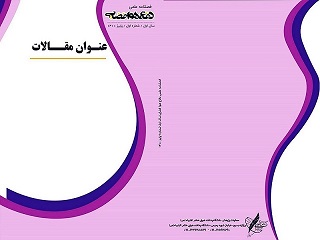Document Type : Original Article
Authors
1 Assistance Professor, Materials and Passive Defense department , Faculty of Mechanical Engineering, Khatam-Ol-Anbia (PBU) Air Defense University
2 Assistant Prof., khatam al-anbia (pbuh) University, Tehran, Iran
Abstract
Film cooling is one of the most important parts of gas turbines and turbojet engines. In this paper, three dimensional cooling performance on a flat plate is calculated with a 3D finite-volume method and the realizable k-ε turbulence model which is the improved of standard k-ε turbulence model. In this investigation, to obtain the best film cooling effectiveness case, the effects of density ratio (by air and CO2 as coolant) (DR), blowing ratio (M), the effect of changing the injection angle of coolant fluid (compound angle) and the main stream turbulence intensity on film cooling effectiveness are studied. For validation, the film cooling effectiveness for numerical data has been compared with the experimental data and these comparisons have been shown a good agreement between experimental and numerical data. Results showed that by increasing blowing ratio and the main stream turbulence intensity, the film cooling effectiveness decreases. Also, by increasing the injection angle of coolant fluid, the film cooling effectiveness increases. As a result, by increasing the injection angle of coolant fluid in low blowing ratios and main stream turbulence intensity, the film cooling effectiveness can increase considerable.
Keywords
Main Subjects

